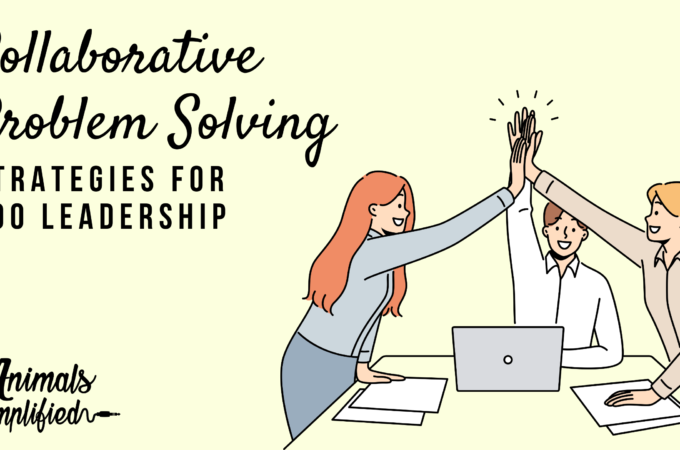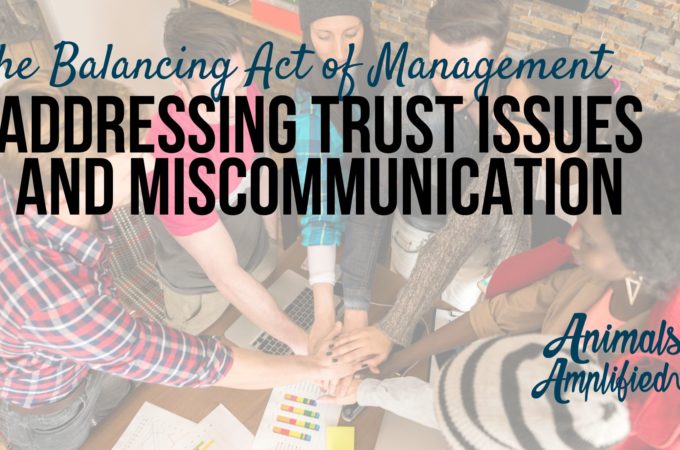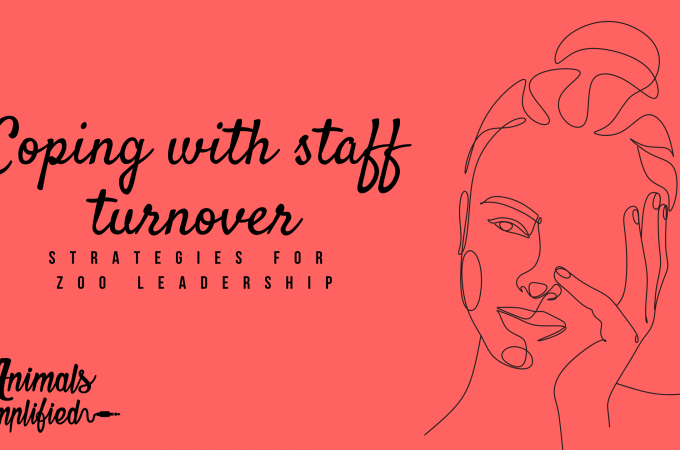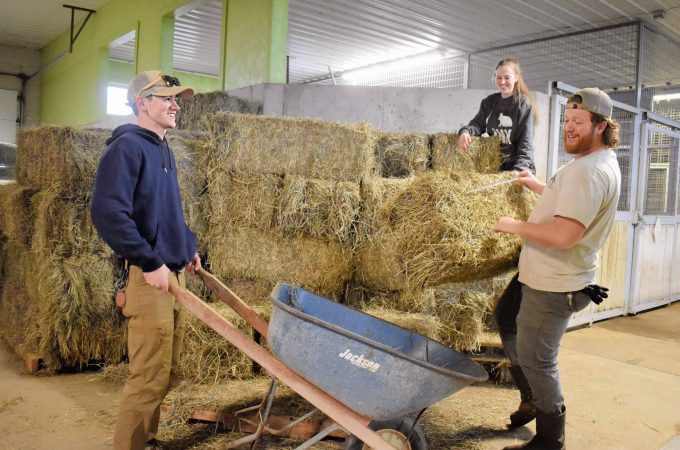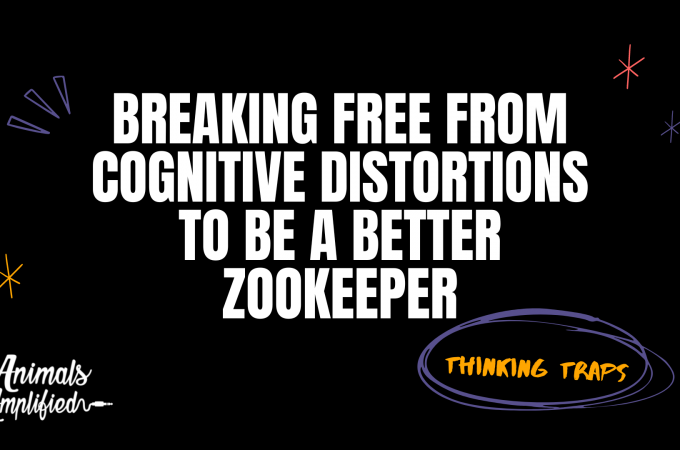
Coaching Zookeepers using One-on-ones
Staring a coaching conversation with your team can be very intimidating. Coaching zookeepers can be even more difficult because we’re all animal-people, not people-people. Each conversation feels like a confrontation, but it doesn’t have to! Get in the habit of using one-on-ones regularly and confrontation will move to communication.
P.S. If you don’t lead a team you can still request to have one-on-one’s with your leader! Just bring them this template and ask them to get it on their schedule regularly!
Step 1: Get it scheduled.
The hardest part when coaching zookeepers using one-on-ones is just getting the meetings scheduled. Animals need attention. Keepers need to complete projects. Cleaning is a never-ending job. Use the recurring option on your favorite app and make it happen. If you’re busy, start with once per month, but ideally, you’re checking in once weekly. The goal is for these meetings to last less than thirty minutes, but make sure to leave some extra time when you’re just getting started.
Let your keepers know to watch out for the meeting times and then send them the template. The keepers will be responsible for filling out the template and creating the agenda. Take the pressure off the first time you send it out and make sure they know you’ll complete anything they aren’t sure of together when you meet.
Step 2: During the meeting
Hold your one-on-ones somewhere semi-private incase sensitive topics come up. Also keep in mind that your office (if you have one) might be an intimidating place to meet and have a history of anxiety and negativity. Sometimes just having a meeting with your boss is nerve wracking. Greet your team member with a smile and start by explaining why you want to have more regular one-on-ones.
“Hey George, I want to thank you for taking the time to meet with me today! I really want to create a culture of communication and I think carving out more time for these chats will really help. I want to make sure I’m supporting you in your role. I’m going to let you do most of the talking so why don’t we jump in. Do you want to start with the rating scales or your goals?”
Then sit back and listen.
Step 3: Ask clarifying questions
We all have an inner advice monster just dying to come out and solve other’s problems. But we can’t. We can’t solve problems for or fix other people, they are outside of our circle of influence. All we can do is be a guide on their journey of understanding themselves.
“I notice you rated your workload as bad, would you like to walk me through a day and tell me when or where you’re feeling the most strain from your workload?”
“When you say you’re frustrated that Kim is getting to work with the cheetah and you aren’t, can you help me understand what makes you frustrated about that or why?”
“You say you don’t know what success looks like in your role. Let’s dig into that. Can you think of a time when you know you did well?”
Step 4: Refer them to tools and resources
As you work through the one-on-one and identify different challenges and opportunities, this is great chance for you to recommend tools and resources for your team. For example, maybe they need to have a difficult conversation with a co-worker and you can provide them with the cliff notes for crucial conversations.
Possibly success in a particular role is defined as being able to do voluntary vaccinations on all their animals. You could offer to sign them up for a virtual training course or bring in the help of a mentor to work them through the process.
Step 5: To be clear is to be kind
At the end of the one-on-one it’s your chance to share things you think your team member is doing well and it’s also your opportunity to share anything you need to improve on. For example I have an employee who is an absolute super star. Their growth trajectory looks more like a shooting star than a growth chart. They take on more projects than seems humanly possible and yet don’t seem to wear tired or burn out. In fact a full plate is invigorating for them. I can trust them with big projects, tight deadlines, and never have to worry about quality slipping. They are great at prioritizing. I need to say all of those things when we meet for our one on one. They need to hear specifically that they are doing a good job and meeting expectations.
This person also has a tendency to be a perfectionist and the way they ask questions of others sometimes sounds like they know better or are talking down to someone. If I leave this part out because it might hurt their feelings, I’m doing them a HUGE disservice. I’m not being clear.Not giving them a chance to improve is unfair. Ignoring these problems affects the team. All in all, I’m being unclear and therefore unkind.
Here’s what it sounds like, “There is something I need from you. I’ve noticed that in meetings when you ask questions sometimes it comes across as demeaning or belittling to the person you’re asking the question to. Almost like you think you’re right and they’re wrong. I’m not sure if it’s in your tone or the words you use to ask the question but regardless it’s something I’d like you to be aware of. I’ll continue to listen and let you know the next time it happens right away.”
For other examples of how to start these conversations Just reach out for a quote!


